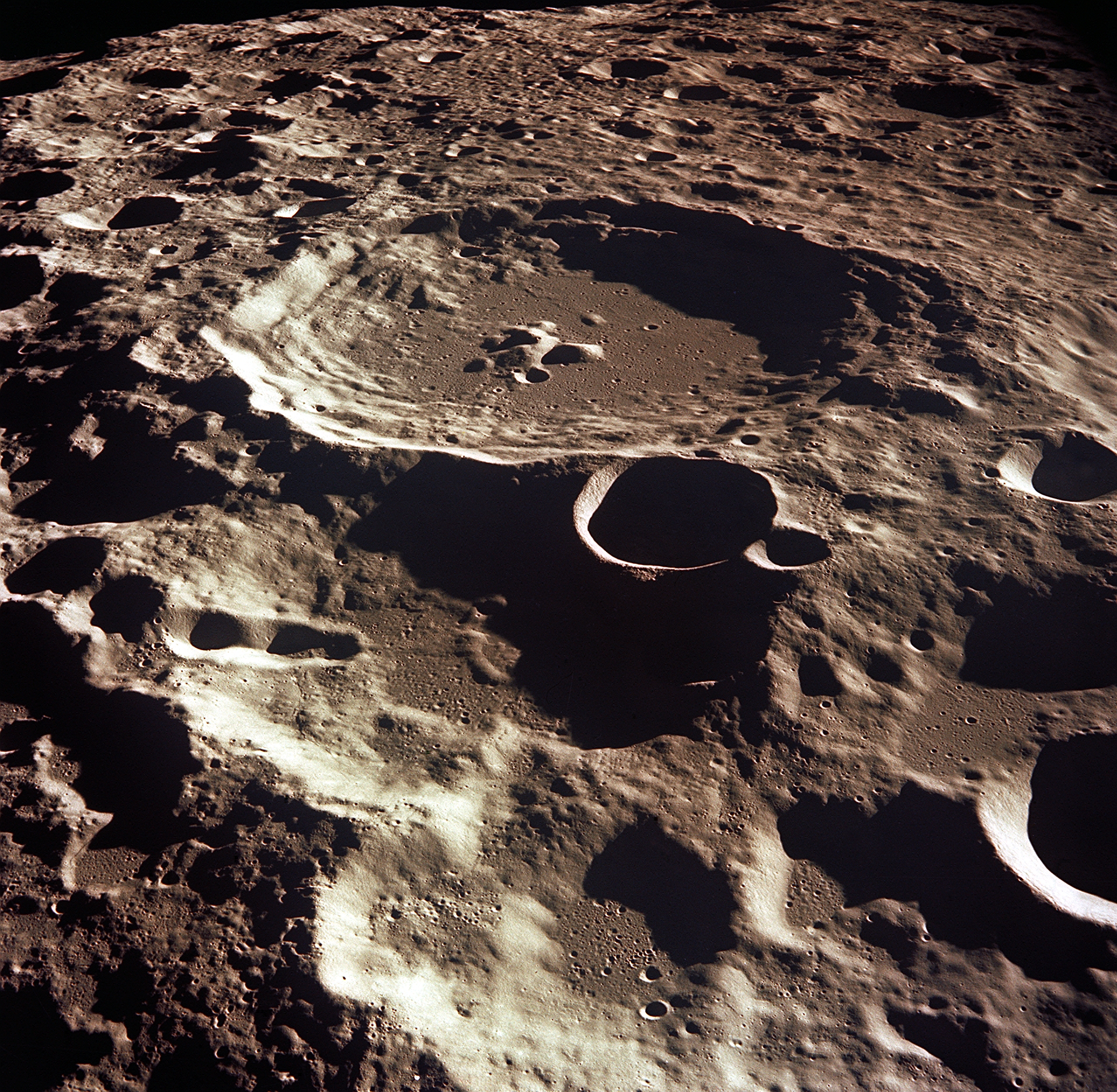
The moon might be the most misleading object in the sky. It’s brilliant, it’s beautiful, it’s silently serene. But if anything actually defines the moon, it’s the long history of violence it’s sustained. The lunar seas are the result of massive lava bleeds caused by the impact of giant asteroids. Every one of its craters is a permanent scar from another cosmic hit. Nothing, however, matches the moon’s explosive birth.
As prevailing theories have it, the infant Earth was entirely alone for a few tens of millions of years after the solar system’s formation. Then, a passing planetesimal about the size of Mars smashed into it, knocking the Earth to the 23-degree cant it still maintains and throwing up a massive shower of debris. The debris cloud slowly coalesced into a discrete body, and the Earth-moon system was born.
It’s a tidy model and it’s been the best one astronomers have had since it was first formulated in the 1970s. Now, however, a new study in Nature suggests that the entire idea may have to be rethought. The moon, it seems, may have been formed not from a single collision, but a whole series of them, all in one brief, chaotic period in the solar system’s history.
The study, led by Raluca Rufu, a planetary scientist at the Weizman Institute of Science in Israel, was designed to answer one of the lingering problems with the single-impact theory: the chemical composition of the moon is simply too similar that of the Earth. Computer simulations suggest that the debris cloud that resulted from a primordial collision with a single Mars-sized object would be made up of about 70% impactor material and 30% Earth material, and those ratios would remain as the moon coalesced.
But studies of lunar samples brought back by the six Apollo landings show no such mixture. Telltale isotopes of oxygen, titanium and tungsten in lunar rocks almost perfectly match the isotope levels in Earth rocks. If the giant impactor really existed, it vanished without a trace leaving Earth debris alone to form the moon.
What’s more, not only is the chemistry of the giant impact theory flawed, so is the physics. It’s possible to develop a model in which a single collision produces enough material to form the moon, but in those models, the speed and angle of the impact produces a debris cloud that dissipates or falls back to Earth, rather than forming an orbiting mass.
To resolve these problems, Rufu and her colleagues ran over 1,000 computer simulations of different kinds of events—repeatedly changing the size of the impactors and the number of collisions—that could, in theory, result in an Earth-moon system like the one we have. The model that ultimately proved to work best was also one of the most complex ones, involving up to 20 impacts.
A head-on hit by an object about a tenth the size of the moon, the models showed, would effectively vaporize the impactor itself and throw out a cloud of Earth-only debris with sufficient force to achieve orbit. As long as that orbit was higher than about 9,500 miles (15,000 km), it would exceed what is known as the Roche limit, the altitude beyond which the material would be able to coalesce slowly into a moonlet without being promptly torn apart by Earth’s gravity.
A second hit would produce a second molten moonlet, also made entirely of Earth matter. The gravitational attraction of both would cause them to draw together and combine, and that process would repeat over and over, in impact after impact, until a single object with the mass of the modern moon was formed. Even then, the moon would not be safe, until its angular momentum caused it to migrate out at a rate of about 1.5 in (4 cm) per year, eventually reaching its current, stable orbit 230,000-mi (370,000 km) miles from Earth.
Nature, of course, prefers simple solutions, and a model that posits 20 smaller impacts is decidedly more complex than one that posits a single big hit, but it’s also entirely plausible. The solar system was a shooting gallery in its first few hundred million years—an era called the heavy bombardment period—with all manner of debris causing all manner of collisions. It was inevitable the Earth would get hit countless times. It was both physics and good fortune, the new study suggests, that those hits produced the moon we have today.
More Must-Reads from TIME
- Where Trump 2.0 Will Differ From 1.0
- How Elon Musk Became a Kingmaker
- The Power—And Limits—of Peer Support
- The 100 Must-Read Books of 2024
- Column: If Optimism Feels Ridiculous Now, Try Hope
- The Future of Climate Action Is Trade Policy
- FX’s Say Nothing Is the Must-Watch Political Thriller of 2024
- Merle Bombardieri Is Helping People Make the Baby Decision
Write to Jeffrey Kluger at jeffrey.kluger@time.com